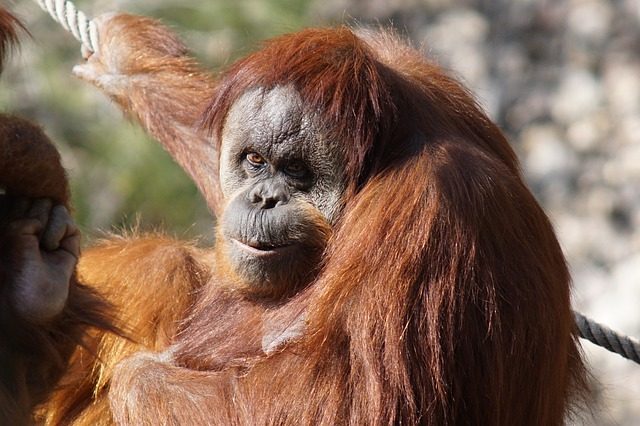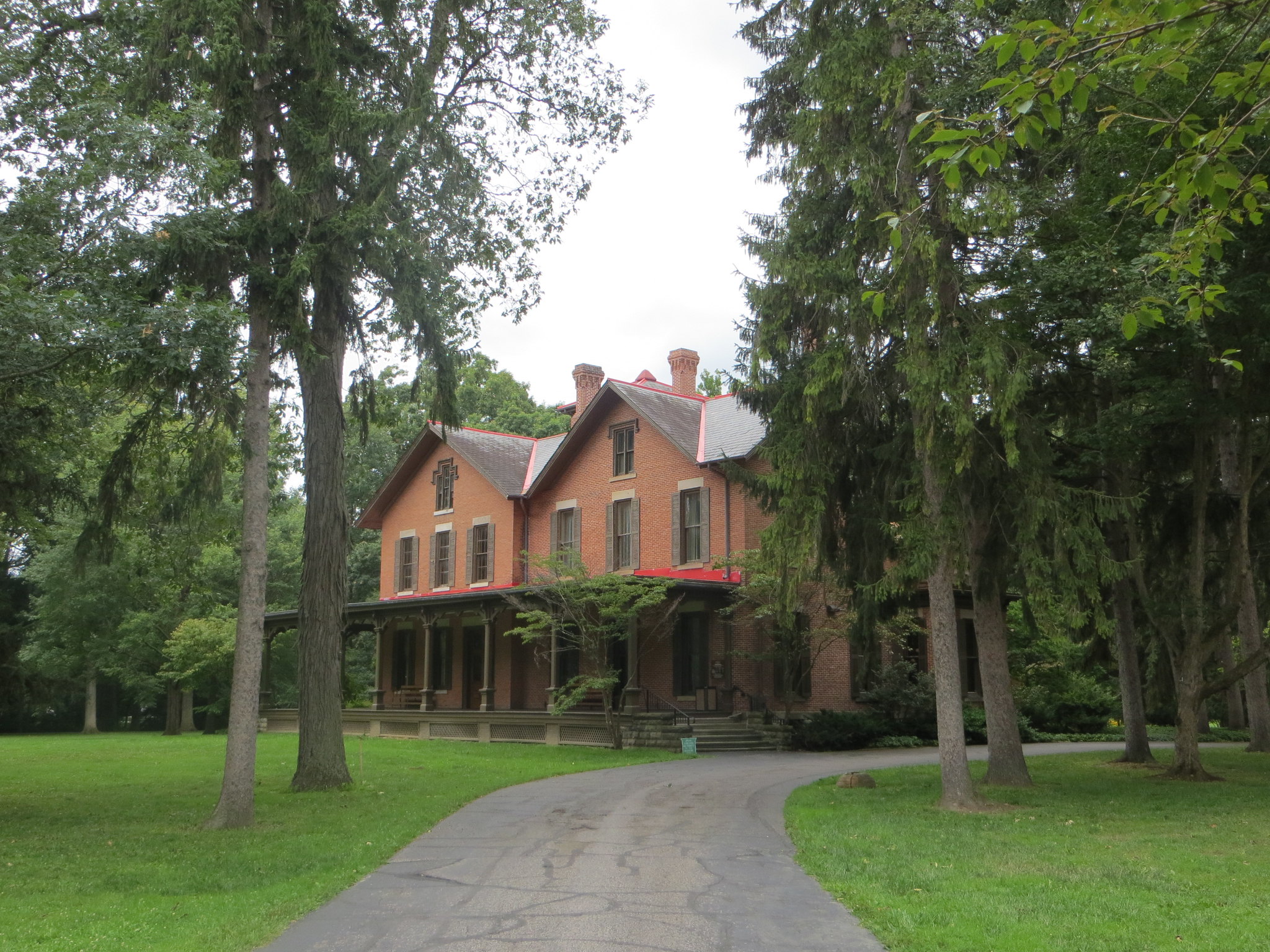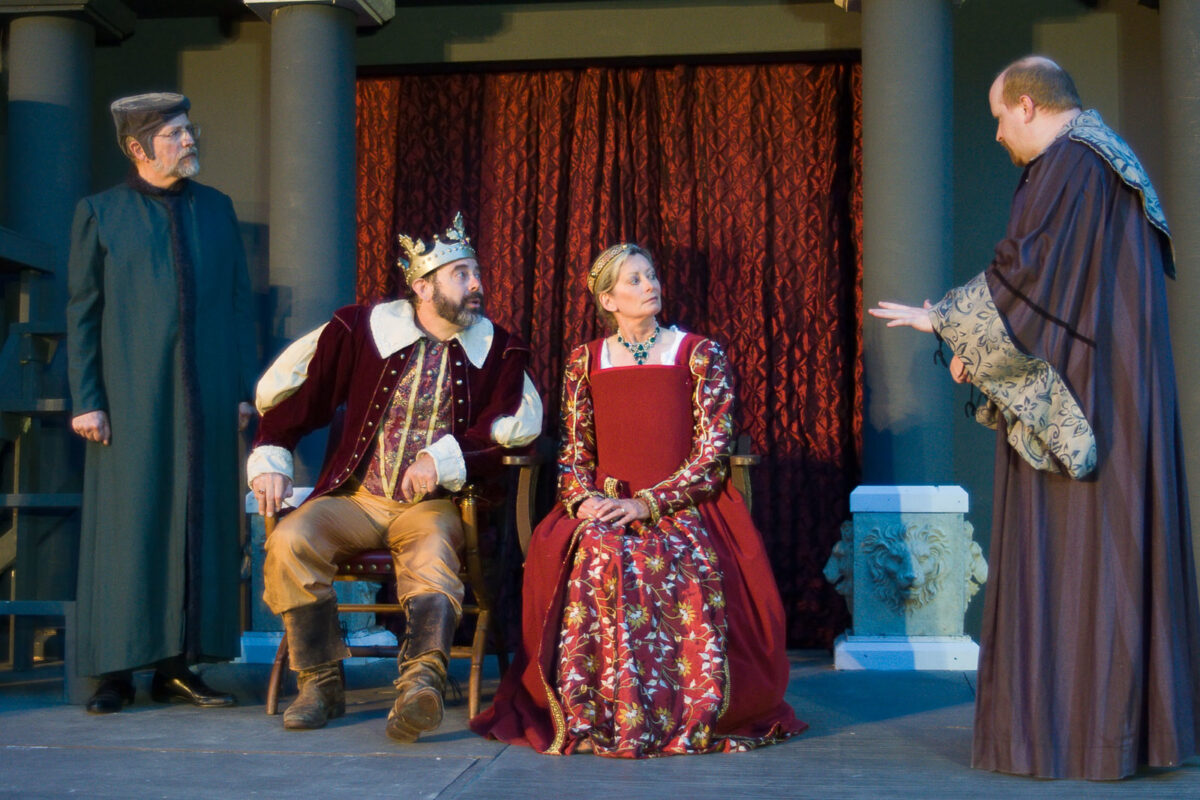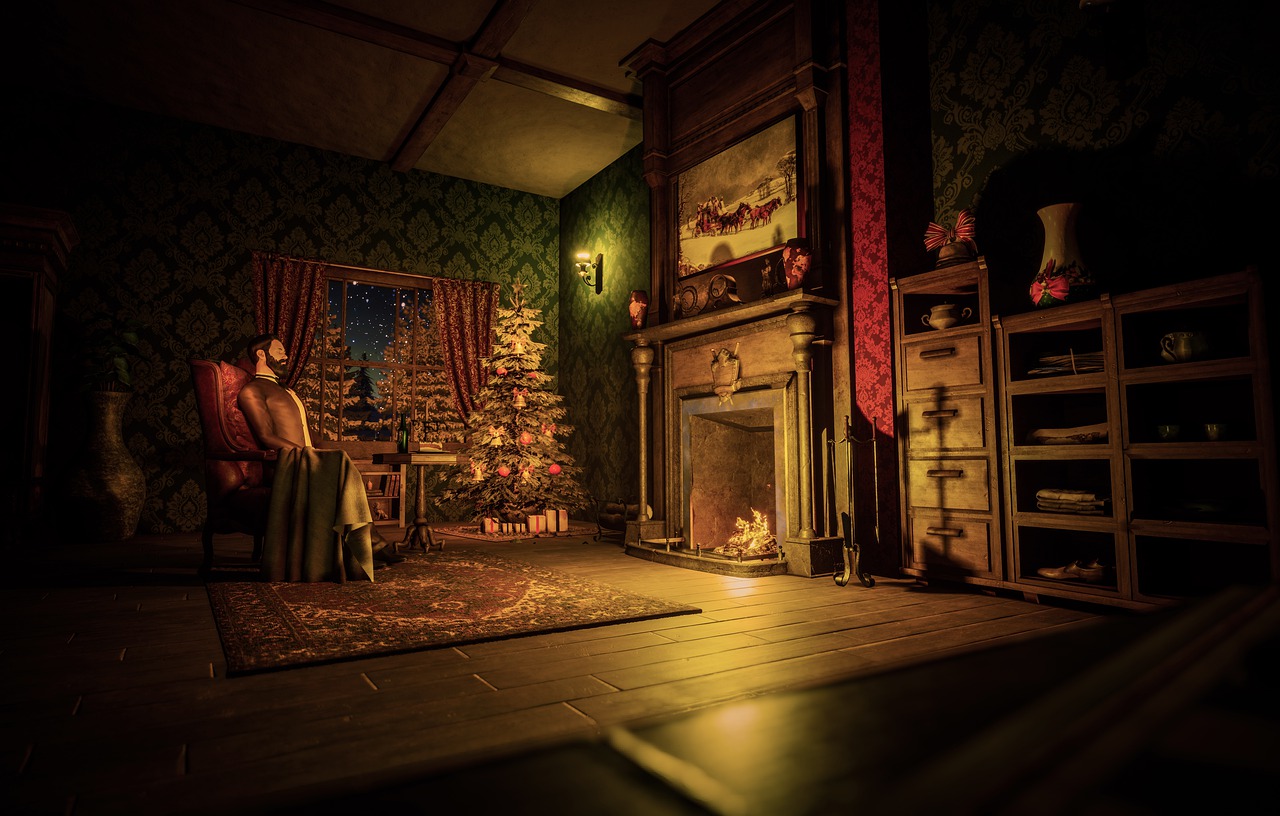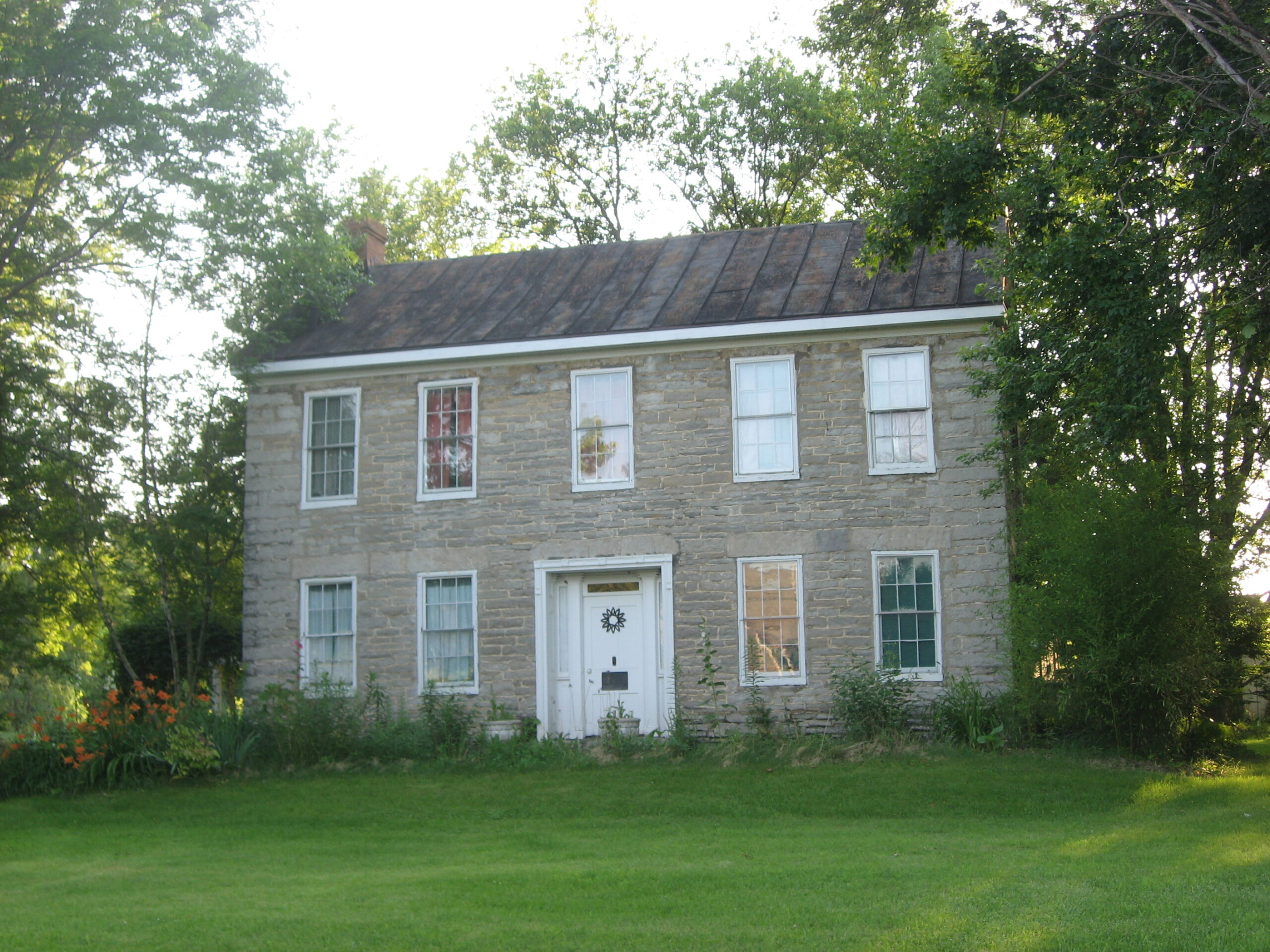Special to 1808Delaware
The Columbus Zoo and Aquarium is pleased to announce the opening of the Ken Cooke and Jerry Borin Orangutan Indoor Habitat. The new 1,096+ square foot building will provide guests an opportunity to observe orangutans, Sulango, Dumplin, and Khali, all year long!
The new indoor habitat is located adjacent to their outdoor habitat. The primary goal of this project was to provide a great winter season home for the orangutans while also providing Zoo guests with the opportunity to visit and see them exploring this space during the colder months.
The building provides bedroom space for the orangutans, direct access to their outdoor habitat, a complex indoor habitat with public viewing, and important space for staff to allow them to best care for the orangutans. The real gem is the indoor habitat or dayroom, which is a space designed specifically for the tree-loving orangutans to highlight their natural behaviors and modes of mobility.
This amazing project would not be possible without the generous contributions of RITERUG Flooring and President/CEO Michael Goldberg and his wife Anita.
Michael is a former Board of Directors’ member and a long-time donor. During Michael’s active participation on the Zoo Board, he chaired the Giant Panda Committee.
“We are so honored to accept Michael and Anita’s inspiring gift and to associate their name and legacy with this exciting new habitat. Creating indoor habitats that are as state of the art as our exterior habitats is a top priority for us. Their commitment to animal care and conservation and their passion for orangutans runs deep,” said Tom Schmid President/CEO of the Columbus Zoo and Aquarium.
At the Goldberg’s request, their gift is in honor of former Board of Directors’ President Ken Cooke and the President Emeritus Jerry Borin for their transformational Zoo leadership. A prominent sign is displayed at the habitat entrance to recognize both the gift and Mr. Cooke’s and Mr. Borin’s contributions.
A Room in Which to Play and Learn
The dayroom is a two-story open space providing the orangutans with access to vertical spaces ranging from 10-25 feet at the peak of the ceiling. It features groupings of “bamboo” (tall painted metal poles) that will have some flexibility and vary in diameter from 2.5-5.5 inches. The poles also vary in height, from 20-25 feet tall, providing the orangutans with full use of the dayroom’s upper space. Additional “vines” (painted firehose) will be attached to the bamboo poles and other features in the building to create a complex network of places the orangutans can choose to navigate.
The dayroom has also been carefully designed with enrichment in mind for these highly intelligent apes. Along the east wall of the room, at the second-story level, there is a ledge that provides a spot where the orangutans can interact with enrichment items the staff provides. Another enrichment element is a system of pulleys so staff can put enrichment items at varying heights and encourage arboreal movement.
The building’s west wall consists of multiple windows, adding lots of daylight to the habitat and great views for the orangutans to watch people who are on the boat ride or crossing the bridge. Several columns located along the room floor will also provide enrichment opportunities such as puzzle feeders, audio enrichment with push buttons, and water sources. Skylights add even more daylight to the indoor space, allowing in as much natural light as possible.
In the public viewing space and at the outdoor habitat and viewing shelter, the Zoo team designed new graphics and videos to update guests about conservation issues related to the orangutans. The signage includes actions that guests can take to help and collaborate with conservation partners working to protect orangutans in their native range.
“We are incredibly excited to share this new habitat with the community. The construction and design of this space was truly a labor of love for the Zoo, and so many people from various departments have contributed to making it a successful space for our orangutans. Orangutans are highly intelligent, and they are extremely curious animals with excellent problem-solving abilities. This habitat provides us with many opportunities to engage the orangutans mentally while mimicking their natural behaviors,” said Audra Meinelt, curator of the Columbus Zoo’s Congo Expedition region and orangutans.
Did you know?
- There are three types of orangutans. The Bornean, the Sumatran and the recently confirmed new species (as of 2017), the Tapanuli. These great apes are only found in the world on the island of Borneo and Sumatra.
- Sulango, Dumplin, and Khali favorite foods are tomatoes and carrots. The entire group really loves alfalfa.
- Orangutans are arboreal, meaning they spend most of their lives up in the tree canopies.
- Orangutans have the arm span about 7 feet from fingertip to fingertip!
Since 1995, the Columbus Zoo has contributed more than $283,622 to orangutan conservation field projects. The Zoo is committed to protecting this endangered species and educating people about them.
For more information about animals, wildlife experiences, and other happenings at the Columbus Zoo and Aquarium, be sure to follow the Zoo’s social media accounts on Facebook, Instagram, Twitter, and TikTok, and visit us at ColumbusZoo.org.
